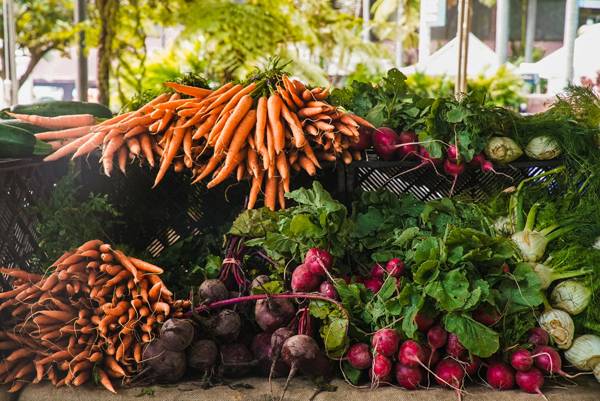
Fall is the perfect time for a few garden and yard chores.
Liming comes immediately to mind. Lime neutralizes excess soil acids and increases the pH of the soil. Ideally, you want a pH between 6 and 7 for healthy plant growth. Start with a soil test which will alert you to the current acidity of the soil. As the acidity increases, the pH decreases, which impacts production and health of plants. As the basic nutrients get used up from the soil, the acidity increases.
Healthy soil is the key to healthy fruit. So, you want to keep a healthy soil (think compost) which can be assessed through soil tests. They are available at the Extension Office.
Fall gardening, a time of cool-season vegetables has begun. Growing fall vegetables is a talent that all do not possess. If you have not already gotten those seeds in the ground, you are really running out of time. It may be hot but the plants need weeks to produce. Successful fall gardens need close attention. You are combating the weather, water conditions, established insect populations and already present diseases.
Think leafy greens… all types of lettuce, spinach, arugula, turnip greens, parsley, green onions . . . these are just some plants that you can grow right now. Some root crops can go in the ground, start to grow and be there all winter, providing an early harvest next spring. Once, I did that with cabbage. They had small heads, but were edible.
In Murfreesboro, the average date for the first frost is Oct 13.
Why do I mention this? Because cool-season crops have to be able to survive the first frost. However, it is possible to extend this date even further into the fall and get more from your fall crop.
One way to do this and to combat the frosty nights is to build a cold frame. The cold frame is a simple structure that uses solar heat and sometimes insulation to extend the growing season. You have options. A cold frame’s purpose is to capture enough heat from the sun to allow the plants to continue to grow and produce. It protects them. They can be made from old glass doors and windows. A wall or a top cover should be removable or vented, as the inside could get hot enough during the day to bake the plants.
I created a cold frame by throwing heavy clear plastic over two pieces of hog fence that were A-framed together. A small crop of peas was produced and eaten.
Some people keep the freezing temperatures at bay by recycling plastic bottles. They fill them with water and then place them near the plants within the cold frame. The sun will heat the water during the day and the warm water will radiate heat throughout the night.
If you have raised beds, it is very easy to add a cold frame. They can be as simple or as involved as you want. Here, too, you do need to have the ability to let the bed vent during the day, as needed. I have topped a raised bed with an old storm window, then moved it slightly askew when venting was needed. You can build a frame and cover it with heavy clear plastic. Without an existing raised bed, construct an open bottom frame with a hinged top. Based on the day’s temperature, you need to raise the top to vent.
Cold frames are the easiest and cheapest structure for extending the growing season. Dependent upon your interest, space and finances, there are great resources for building your own hothouse or greenhouse.
Here are some traditional resources:
– “Hobby Greenhouses in TN” PB1068 from UT Extension Service
– “Home Greenhouses and Cold Frames” No. IP 822-34 from Penn State
– The Hobby Greenhouse Association is a nonprofit organization of gardeners in hobby greenhouses, window greenhouses and other indoor areas – hortsoft.com/HGA.html.
– For a non-traditional approach, review ziptiedomes.com, a family venture out of Buffalo Valley. Their PVC kit makes a cool looking greenhouse.
Also, be sure you have the tomatoes out of the garden before the first frost. The frost does change the tomato, for the worse. If you have the room, just remove the whole plant from the garden and hang it upside down from the rafters of a garage or garden shed. The fruits do not continue to grow but do gradually ripen. You can also remove the fruit and wrap in newspaper or place in a paper bag, where the unripened tomatoes will ripen.













